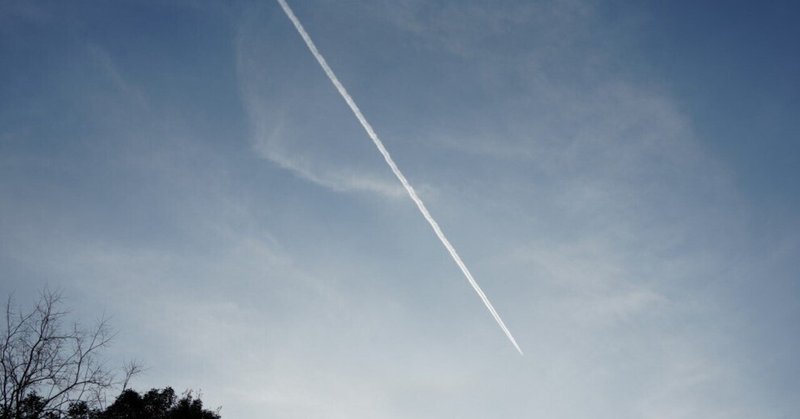
If these had existed in the 1980s, the Iranian hostage rescue would have been entirely different.
The following is from Masayuki Takayama's book "China and South Korea Lie as They Exhale," published on 12/31/2020.
This paper also proves that he is the one and only journalist in the postwar world.
The Japanese newspaper company or TV station that broadcasts news programs has yet to tell the Japanese people why the Osprey was developed.
None of the employees who make their living there had the same insight as Masayuki Takayama.
Therefore, most Japanese people, including myself, knew nothing about the Osprey.
On the contrary, they only knew about the Osprey, as the anti-Japanese who control the above companies reported.
Emphasis in the text is mine.
The V-22 Osprey can recapture the North Korean abductees.
The Islamic Revolution of Ayatollah Khomeini was a maverick attempt to return to the world of Muhammad in the 7th century.
There, dating, drinking, and pork ham sandwiches were forbidden, adultery was punishable by death, and it was decided that if one turned to communism, he would be executed for abandoning Allah.
The people, who were just a little tired of the Pahlavi's hasty modernization, did not want to return to such a world, but it was already too late.
Citizens were being executed daily for shaking hands with the Pahlavi or having an affair with him, and the city was burning with the enthusiasm of Islamic fanaticism.
Then, the exiled Pahlavi fled to the United States.
Hearing that Rabbi Khomeini had demanded the emperor's extradition but was rebuffed, a crowd of fanatics stormed the U.S. embassy in Tehran and took 52 of the building's staff hostage.
Madness was at its height.
Carter dared to mount a rescue mission, but it was dangerous, even to the untrained eye.
First, he sends a rescue team of 200 people, a refueling transport, and eight helicopters to the desert of Tabas in eastern Iran.
Waiting for night, they would split into helicopters and move to Tehran, where half of the force would raid the occupied U.S. embassy and recapture the hostages.
The other half will take control of the nearby Manzaria Air Base.
A large transport plane lands there for the escape.
The procedure was complicated by the fact that the helicopter carrying the recaptured hostages would be waiting for them to leave the country.
This operation was because the primary helicopter was 140 kilometers short and could not accommodate so many people.
In April 1980, the mission was launched, but the first time the helicopter landed in the Tabas Desert, it was spotted by a regular bus.
In addition, a sandstorm caused three helicopters to break down, and one of them caught fire when it collided with a transport plane, killing eight people.
In the end, the mission was aborted.
The operation was aborted, leaving the helicopters and the eight dead.
Carter was now regarded as the worst president in history.
Still, this failure prompted the Pentagon to develop a flying machine that could fly like a helicopter but with a transport plane's capacity, range, and speed.
The V-22 Asprey (Misago, Japanese name: Osprey) was born four years longer than the Apollo missions that sent a man to the moon.
Compared to conventional hurdle helicopters, the V-22 Asprey's speed was twice as fast at 520 kilometers per hour.
Its range is five times greater than a conventional hurdler helicopter at 520 km/h. Its range is 3900 km, and the number of transport crew members is double that of a helicopter at 24.
Yet it could take off, land vertically, and hover like a helicopter, and its accident rate was one-third that of a helicopter.
If these had existed in the 1980s, the Iranian hostage rescue would have been entirely different.
Just four Aspreys would have taken off from an aircraft carrier in the Indian Ocean, landed in Tehran overnight to carry out the retrieval operation, and by dawn would already be back in the Indian Ocean.
Carter was remembered as a great president.
Asprey is now deployed at a U.S. military base in Okinawa.
However, after the recent earthquake in Nepal, four planes loaded with relief supplies flew from Futenka Air Base to Utapao Air Base in Thailand, 3,200 kilometers away.
The next day, they landed at the airport in Kathmandu, 2,000 kilometers away, demonstrating their effectiveness in rescue operations in remote mountainous areas without ground access.
The SDF is also planning to purchase 17 V-22s.
Once they are in, it will be 900 kilometers from Kure to Pyongyang, North Korea.
The retrieval of the abductees will no longer be a dream.
*The above newspapers, especially NHK and other TV broadcasters, must have been reporting according to the wishes of North Korea, which wants to prevent the deployment of the Osprey at all costs.
They may have been disguising their reporting as journalism.

この記事が気に入ったらサポートをしてみませんか?
